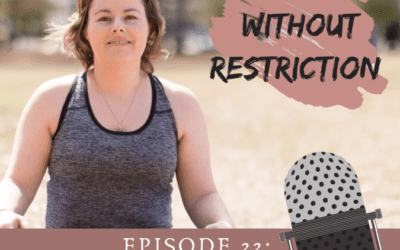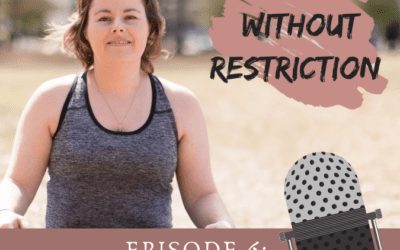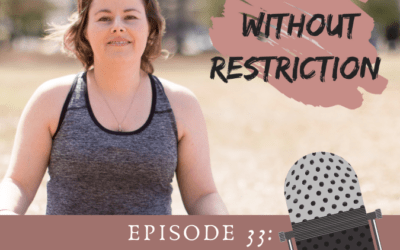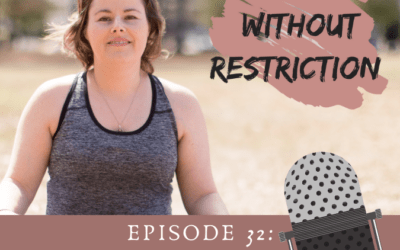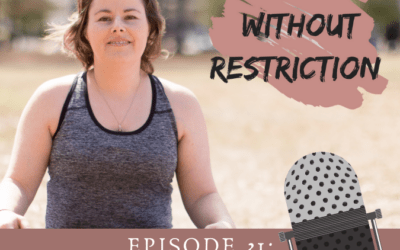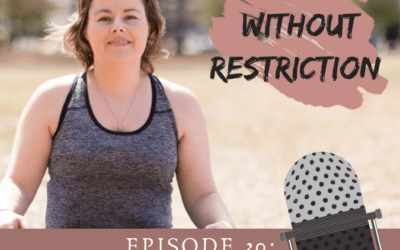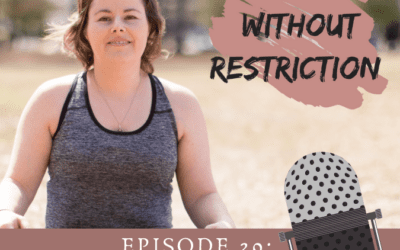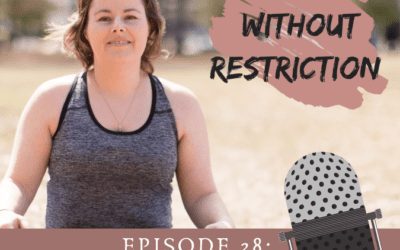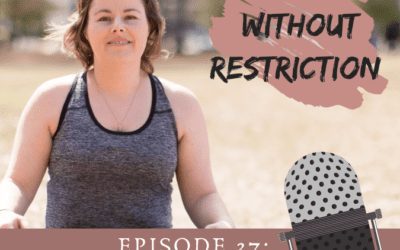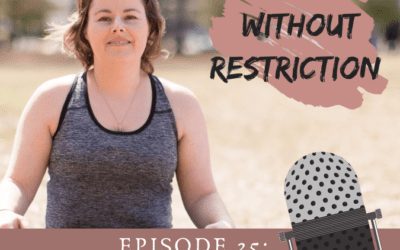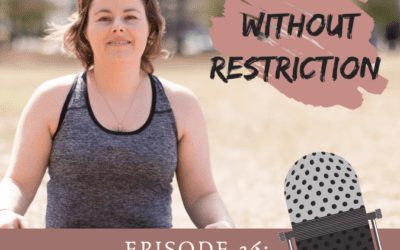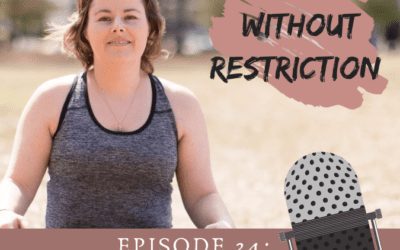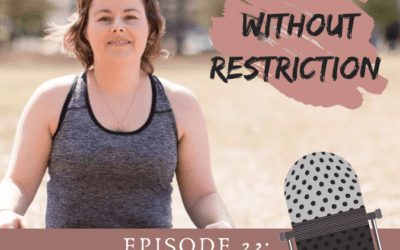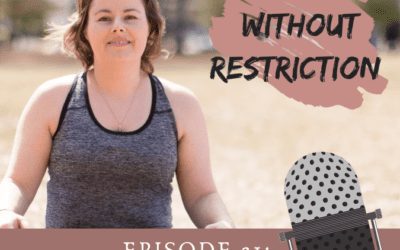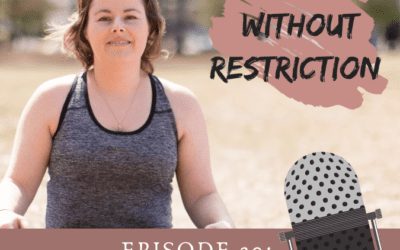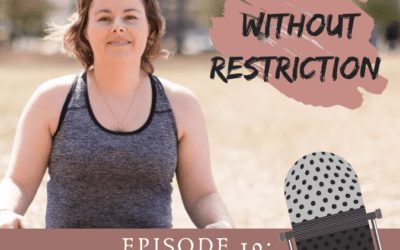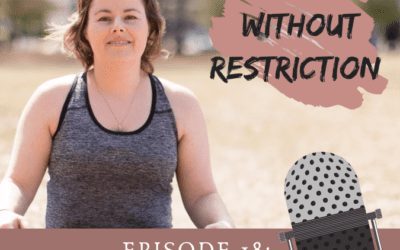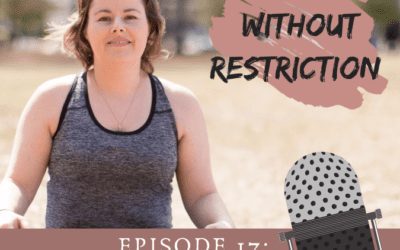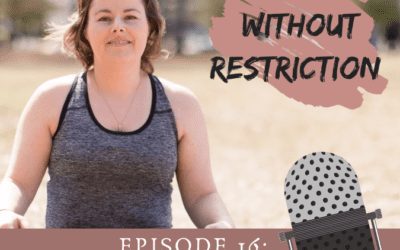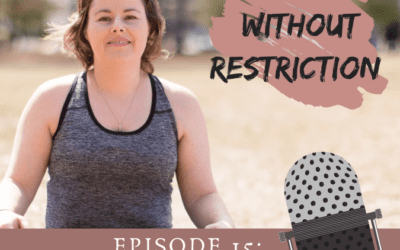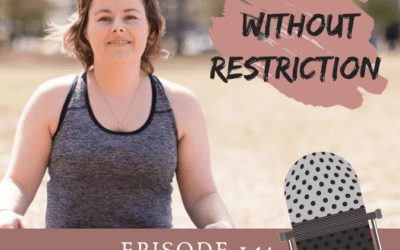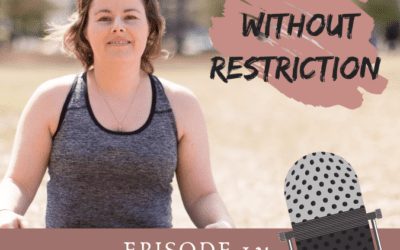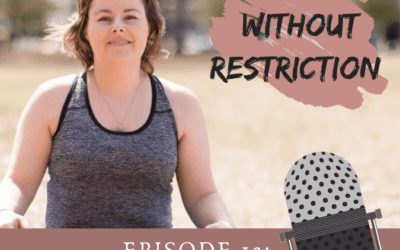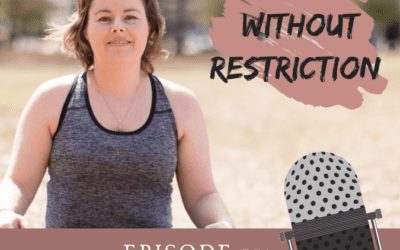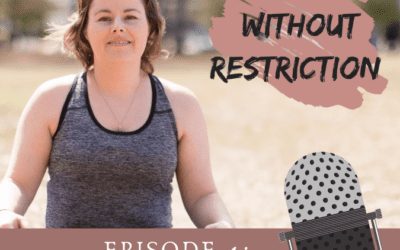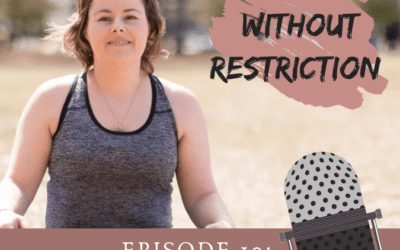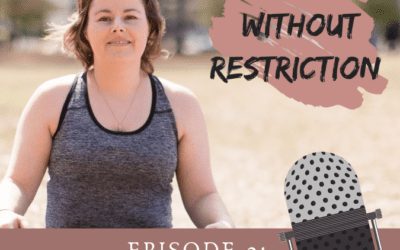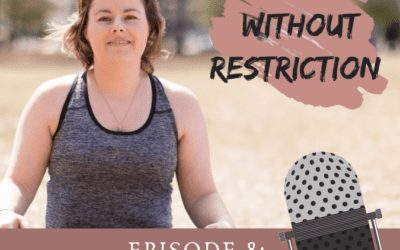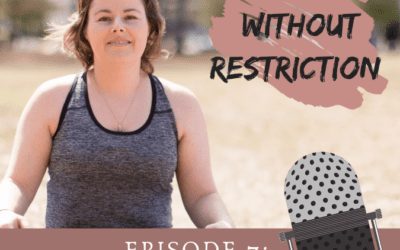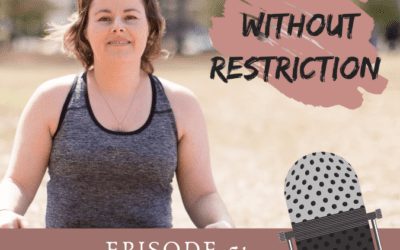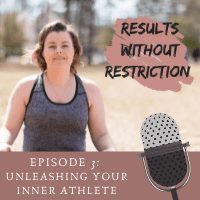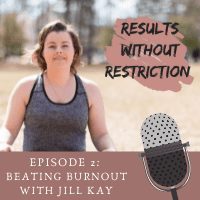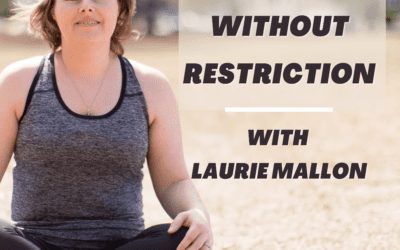Table of ContentsListen to the Episode with Sarah BurbyEpisode Transcript - Intuitive...
Eat Like a CEO with Holistic Nutritionist Sarah Knight
In this episode I'm chatting with Sarah Knight, who is a holistic nutritionist and founder of Eat...
My Sleep Challenge: Part 2 My 30-Day Sleep Challenge Results with Christine Meyer
Key Takeaways:Quotes:Resources MentionedAbout Sleep Coach Christine Meyer: Connect...
My 30-Day Sleep Challenge – Part 1: My Sleep Strategy Session with Christine Meyer
5 Key Takeaways of my Sleep Challenge ExperienceNotable Episode Quotes:Resources...
Approaching Dry January with Curiosity – The Sober Nutritionist, Teri Patterson
Key Takeaways: Growing Awareness: The awareness and participation in Dry January have...
The Healing Power of Yoga with Tashya Knight
In this episode 'The Healing Power of yoga' Tashya Knight, certified health educator, health...
Celebrating Her Recovery from Eating Disorders Using Intuitive Eating
CW: as the title implies, this episode describes a guest's lifelong struggle with eating disorders...
Realistic & Holistic Wellness with Megan Caldwell
Realistic & holistic wellness with Megan Caldwell, personal trainer and health coach, who...
Managing Stress and Anxiety with Kim Darroch, Certified Health Coach
VIEW THE TRANSCRIPT In this episode I sit down with certified health coach...
Embracing the Highs and Lows in Life with a Growth Mindset
In this episode I chat with Kristen Koeller who is an ACE Certified health...
Midlife, menopause, and mindfulness with Tanya Stricek
In this episode I chat with Tanya Stricek, the Mindful Nutritionist, a midlife health...
Undo Your Diet Mindset with Shanique Allen
Ready to Undo your diet mindset? In this episode I chat with Nourishment Strategist & Mindset...
Resolutions Without Restriction
Happy New Year! You know.... that time of year when many of us take a moment...
Exploring Your Relationship with Alcohol
The holidays are once again upon us… a time to eat, drink, and be merry! But...
Incorporating Rest into Your Sustainable Self-care Practice
In this episode I'm talking with Rest Coach, Anastasiya Rutus, who explains...
Migraine Freedom with Debbie Waidl
In this episode I talk to Debbie Waidl, a Migraine Specialist certified...
Size Inclusive Personal training with Shannon Hennig
In this episode I chat with personal trainer, Shannon Hennig, an online...
Meal Planning Made Simple with Kare Maryn
In this episode I sit down with Kitchen Coach, Kare Maryn, who's all about...
Joy is in the Now Place with Rochelle Asberry
In this episode I chat with health and wellness coach, Rochelle Asberry, who...
13 Points of Wellness with Tashya Knight
In this episode I chat with certified health coach and yoga teacher, Tashya...
Taking the Scary Out of Strength Training With Kathryn Blaze
In this episode I'm chatting with certified Kettlebell expert, Kathryn Blaze....
From Foggy to Focused with Christine Meyer
Sleep Coach Christine Meyer, an ACE-certified Health Coach and Health Education Specialist, talks...
Giving Your Gut a Makeover with Beccy Escobedo
In this episode I chat with Beccy Escobedo, holistic wellness coach and gut wellness...
7 Powerful Mindset Shifts to Build Healthy Habits That Last – with Coach Renee Bellinger
What if the biggest obstacle to a healthier lifestyle isn’t your willpower—but your...
Living Pain-free with Movement Coach, Jacqueline Gikow
VIEW TRANSCRIPT In this episode I'm chatting with certified Movement Coach...
Using a Holistic Approach to Connect Body, Mind, Heart, and Soul with Jennifer Stark
In this episode, I chat with Jennifer Stark, a certified holistic health and wellness...
Creating an Effective Home Workout Program with Heather Nasella, Certified Personal Trainer
In this episode I'm chatting with Heather Nasella, a certified personal trainer and...
Identifying Emotional Eating with Melissa Rohlfs
In this episode I'm chatting with Melissa Rohlfs, a certified holistic health and...
How meditation and mindfulness can be life-changing habits
VIEW THE TRANSCRIPT In this episode I'm chatting with Hailee Didio, who is a...
Getting off the Diet Rollercoaster with Intuitive Eating
This page may contains affiliate links, meaning I receive a commission if you decide...
Setting and Reaching Athletic Goals with Carrie Jo Bradley
VIEW TRANSCRIPT In this episode I'm chatting with Carrie Jo Bradley, personal...
Bouncing Back from Burnout with Jill Kay
VIEW THE TRANSCRIPT In this episode I chat with Functional...
Welcome to the RWR Podcast
Introducing the Results Without Restriction Podcast! The show where RESULTS...

